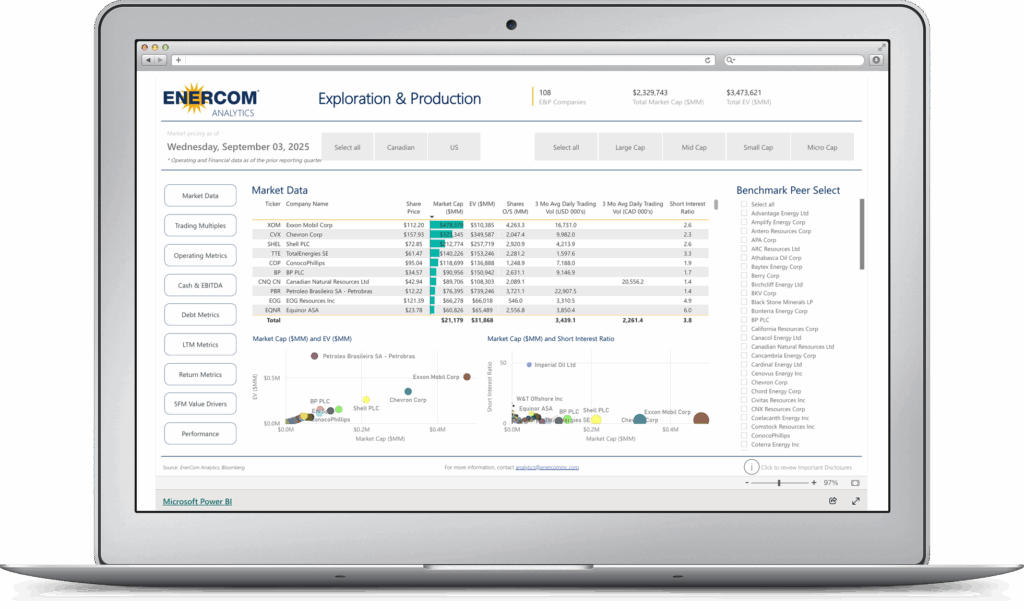Markets responded positively to President Donald Trump’s January 8 address in the wake of Iranian rocket attacks against Iraqi bases housing US troops, with traders interpreting his overtures for peace and cooperation with the Islamic Republic as a sign of de-escalation.

Shorty after the White House speech US stocks surged and oil prices retreated, calming the volatility that had roiled markets since news of the Iranian attacks – proclaimed to be revenge for the US killing of Islamic Revolutionary Guard Corps Quds Force commander, Major General Qasem Suleimani. The S&P 500 finished the afternoon of the 8th up 1%, and the Nasdaq composite closed out the day with a 0.7% gain, an all-time high.
Oil markets responded in a similar fashion after Trump’s address, with Brent and WTI prices falling back below pre-Sulemani strike levels after reaching peaks of $71.75 and $65.65 respectively. WTI crude prices for February futures lost $3.10 or 5% falling to $59.60 per barrel, while Brent March deliveries dropped $2.89 — nearly 4.2% — to $65.44. Parallel price spikes and dips can be seen after the death of Suleimani.

Brent crude price volatility in the wake of US and Iranian strikes. FT
Market Resilience
With Rumors of WWIII swirling in the media and threats to the strategic Strait of Hormuz more serious than ever before, what explains the oil market’s uncharacteristic calm? A few contributing factors:
The global oil market is currently well supplied, thanks largely to record-breaking production of US shale reserves. Supply is so sufficient, in fact, that OPEC has committed to multi-year production cuts as a measure to mitigate over-supply risks. We could also expect President Trump to lean on OPEC allies – especially swing producer Saudi Arabi – to increase production should a significant oil disruption take place. Furthermore, higher prices send signals to nimble marginal producers like US shale operators to increase production. More oil in circulation means more insulation against sudden output shortages.
· Those who bet on sustained oil price increases in the wake of geopolitical crises lost out in 2019. From attacks on oil tankers in the gulf this past summer to Iran’s brazen missile strike against critical Saudi oil infrastructure in Abqaiq and Khurais, oil price spikes were short-lived. In the latter incident – wherein Iranian drone and missile strikes temporarily took out 5 million barrels per day of global supply (5%) – oil prices returned to pre-strike levels in just 2 weeks. By contrast, not one drop of oil has been disrupted in the current US-Iran tit-for-tat. If the Abqaiq attacks didn’t result in a prolonged oil price increase, what sort of event could?
· We’ll have calm in the short term. Iran’s Suleimani revenge attack against Iraqi bases housing US personnel resulted in no American casualties and minimal infrastructure damage. There are reports that the Iran informed Iraq of the missile attack some 6 hours prior, with a further leak to the U.S., giving time for troops to evacuate. In the strange world of escalation and deterrence, this is was an “olive branch” attack, which Trump appears to have accepted – responding only with sanctions and strong words rather than a military option. Trump does not seem interested in a war.
Looking Ahead
For the moment, market jitters from the US-Iran standoff have been short-lived. Iran seems to have achieved the right balance in its response, simultaneously responding forcefully to the death of Maj. Gen. Suleimani without provoking a massive US military retaliation. But it would be naive to consider Iran’s reprisal as fully-over.
Tehran is known for its low-intensity and long-term strategic thinking, as it cannot hope to stand toe-to-toe military against the United States and her allies. We can expect Iran to continue its response over the coming weeks, months and years in its trademark asymmetric fashion. Its actions may look familiar, including missile strikes and tanker hijackings, but could also include more disruptive tactics including cyber warfare and proxy attacks through terrorist groups such as Hezbollah against U.S. allies across the Middle East.
This is explains why the Saudis have temporarily suspended operations of their largest government owned shipping company – Bahri – through the Strait of Hormuz. They are rightfully concerned that Tehran’s retaliatory actions are just beginning.
In the event of a supply disruption, there are some 2 million barrels per day of spare capacity that could potentially come online from the world’s troubled oil producing regions like Venezuela, Libya, and Russia. All of them are under sanctions or amidst a major civil conflict. Increased prices caused by a supply shortage could provide the financial incentive for additional production to be brought online.
While markets remain subdued at present, any Iranian action that evokes a major military response from the United states – be it a closure of the Strait of Hormuz (where 20% of oil supplies transit daily) or the harming of US assets – could push crude prices above $70 and beyond. Global markets have to some extent become hardened to geopolitical crises. But we have just entered a new and unknown phase of the US-Iran confrontation that started in 1979, and no eventuality can be ruled out.
[contextly_sidebar id=”IOplX1YB92bm9Y3BCssAchZy4zLefvqm”]

